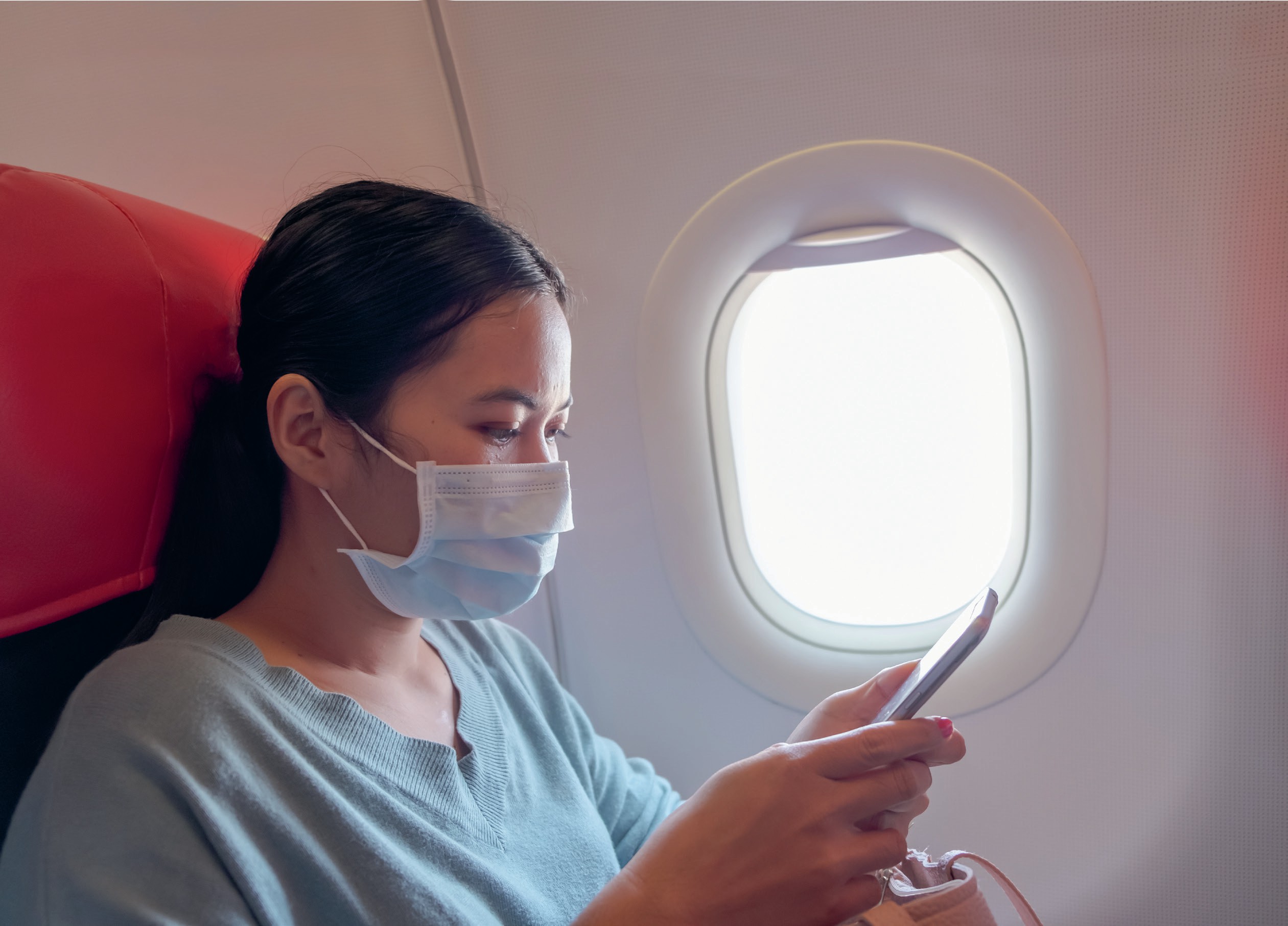
Before the Covid-19 pandemic, air travel contributed to 2% of global carbon dioxide production, with domestic flights often cheaper and quicker than other forms of public transport. However, in March 2020, our skies were almost empty of aircraft. With the Covid-19 lockdown in place, there were approximately 70% fewer flights than the same period in the previous year.
One suggested possibility to allow passenger air travel to return has been to implement social distancing on flights, with only half of the seats sold (so that no one has to sit next to someone else).
Your organisation does not have access to this article.
Sign up today to give your students the edge they need to achieve their best grades with subject expertise
Subscribe




